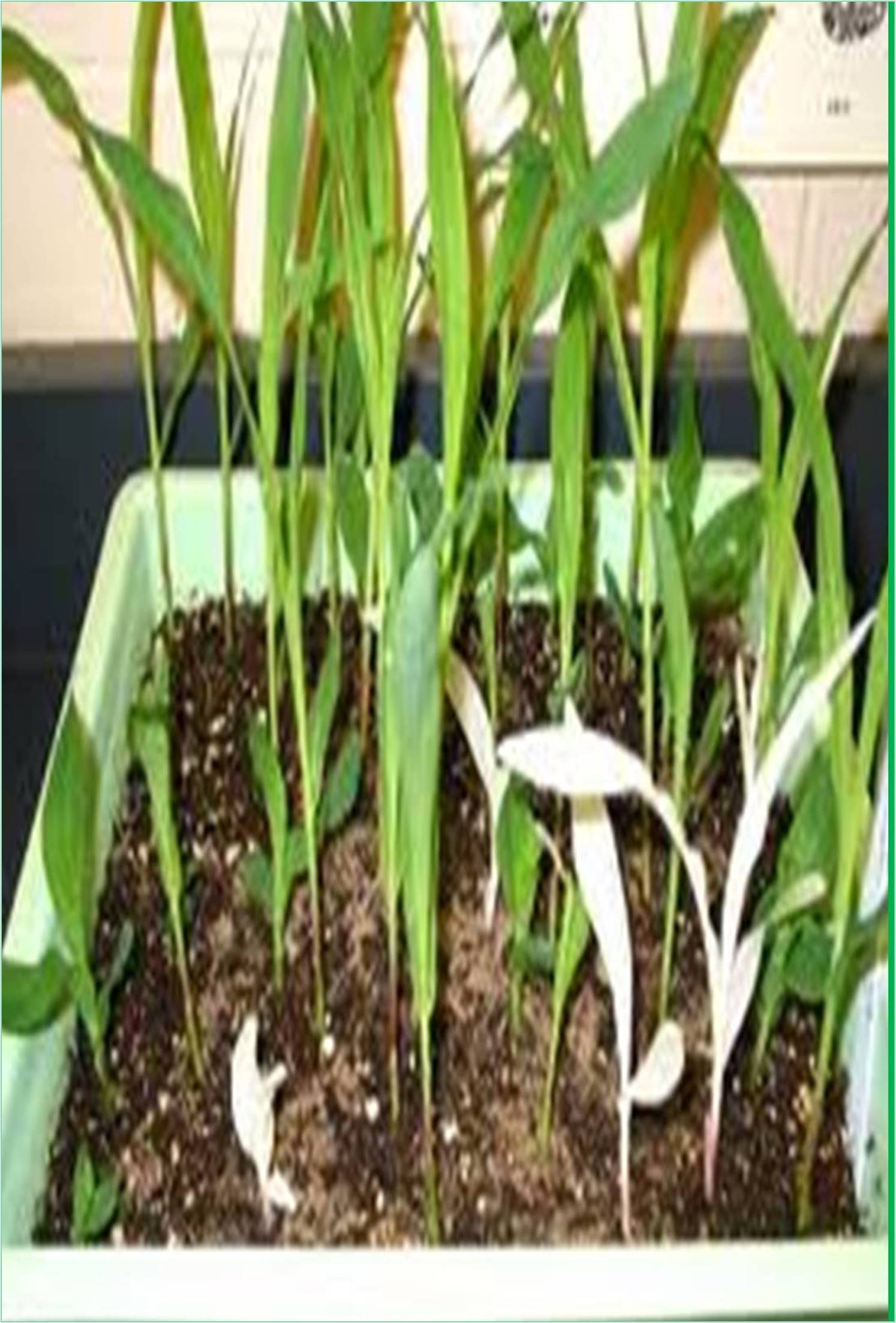



Received: 01-Aug-2022, Manuscript No. GJPBG-22-71716; Editor assigned: 05-Aug-2022, Pre QC No. GJPBG-22-71716(PQ); Reviewed: 26-Aug-2022, QC No. GJPBG-22-71716; Revised: 02-Sep-2022, Manuscript No. GJPBG-22-71716(R); Published: 09-Sep-2022, DOI: 10.15651/2449-0598-22.09.009
The tomato (Solanum lycopersicum) is a significant vegetable that is grown all over the world due to its high nutritional and commercial value. Ascorbic acid, retinol, and lycopene are abundant in tomato fruits and have antioxidant characteristics that help prevent cancer. Kenya produces about 410,033 tonnes of tomatoes every year (Akad et al., 2007). The crop, which is primarily grown for the domestic market, provides a significant portion of the income for smallholder rural farmers. Kirinyaga, Kajiado, Nakuru, Meru, Bungoma, and Taita Taveta are the principal producing counties (Aramburu J et al., 2003). Kenya has increased its tomato production, yet biotic and abiotic limitations result in low yields from tomato farms. Insect pests and illnesses brought on by different bacteria, fungi, nematodes, and viruses are examples of biotic limitations. The impact of virus infections on output has received relatively little attention, despite the fact that diseases caused by bacteria, fungus, and nematodes result in major yield losses in the tomato industry. The third main obstacle to the production of tomatoes is thought to be virus infections (Bananej K et al., 2004). About 136 viruses, 60 of which are members of the family Geminiviridae and genus Begomovirus, infect tomatoes. White flies (Bemisia tabaci Gennadius) persistently transmit begomoviruses, which can result in yield losses of up to 100% in tropical and subtropical areas. They have either mono- or bipartite circular singlestranded DNA (ssDNA) genomes. Monopartite begomoviruses only have DNA-A, which is only capable of causing sickness, but bipartite begomoviruses have two ssDNA molecules, known as DNA-A and -B.
The majorities of begomoviruses from the Old World (mostly from Africa and Asia) is monopartite and have alpha, beta, or delta-satellites. Monopartite begomoviruses have genomes that are around 2.8 kb in size and have genes that diverge in both directions from a non-coding Intergenic Region (IR) (Brown JK et al., 2015). The ori of virion-strand DNA replication is one of the region's promoter elements. The DNA-A of begomoviruses has five to six Open Reading Frames (ORFs) that can encode proteins of about 10 kDa. These proteins have a variety of functions in viral replication, silencing suppression, host gene control, and vector transmission. Begomoviruses rapidly develop through repeated mutations and recombination processes, similar to the majority of plant viruses, resulting in the creation of novel patho types that take advantage of fresh surroundings and test host tolerance. It is well known that naturally occurring recombinants can result in the creation of new, more aggressive strains of viruses or viruses with novel hosts and characteristics. The impact of the tomato leaf curl disease has restricted Kenya's extensive tomato crop. Because of the classic yellow leaf curl symptoms frequently connected with tomatoes in Africa, the tomato yellow leaf curl virus has always been thought to be the cause. In fact, it has been documented that a virus resembling tomato leaf curl infects tomatoes in Kenya (lmási A et al., 2015). The fact that just a few studies from Kenya have documented the genomic characteristics of begomoviruses from cassava, sweet potato, and a noncultivated weed host adds to the lack of knowledge on viruses with great economic value. Monopartite begomoviruses linked to leaf curl illnesses of tomatoes in Kenya were examined for their identity, complete sequence features, genetic diversity, population dynamics, and existence of recombinants has been identified. The begomoviruses were identified as ToLCArV variations with Tanzanian origins by phylogenetic inferences, nucleotide and amino acid sequence studies, and other methods. Genome analysis showed that the population had minimal genetic diversity and that most of the coding areas had undergone negative selection.
Akad, Jacobi JC, Polston JE (2007). Identification of tomato yellow leaf curl virus and tomato mottle virus in two counties in alabama. Plant. Dis. 91:906. [Crossref] [Google Scholar] [Pubmed]
Aramburu J, Marti M (2003). The occurrence in north-east Spain of a variant of Tomato spotted wilt virus that breaks resistance in tomato (Lycopersicon esculentum) containing the Sw-5 gene. Pl. Pathol. 52:407. [Crossref]
Bananej K, Kheyr-Pour A, Salekdeh GH, Ahoonmanesh A (2004). Complete nucleotide sequence of Iranian tomato yellow leaf curl virus isolate: further evidence for natural recombination amongst begomoviruses. Arch. Virol. 149(3):1435–1443. [Crossref] [Google Scholar] [Pubmed]
Brown JK, Zerbini FM, Navas J, Moriones E (2015). Revision of Begomovirus taxonomy based on pairwise sequence comparisons. Arch. Virol. 160:1593–1619. [Crossref] [Google Scholar] [Pubmed]
lmási A, Csilléry G, Csömör Z, Nemes K, Palkovics L (2015). Phylogenetic analysis of Tomato spotted wilt virus NSs protein demonstrates the isolated emergence of resistance-breaking strains in pepper. Virus.Genes. 50:71–78. [Crossref] [Google Scholar] [Pubmed]